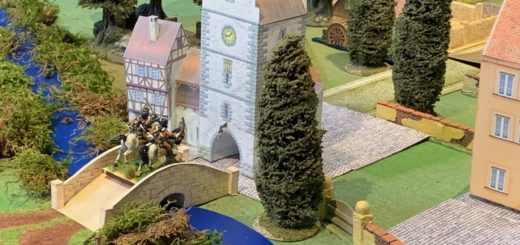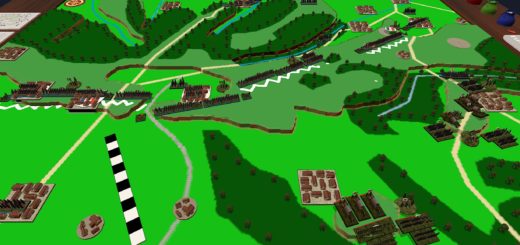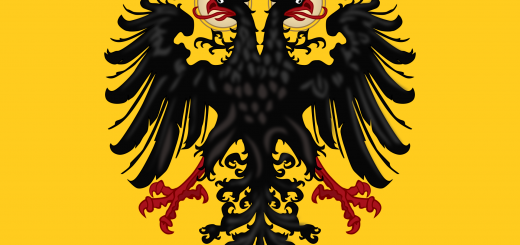Battle of Lonato, Part Two
Let us start now to assign orders to units. We assume here that orders are given in the middle of the night. Couriers rush to units bivouacking, so that all units will be ready for sunrise.We do the same, Napoleon will start sending orders to Massena and Pigeon at midnight, at the same time we assign orders to the austrians.
Reopen the program
After reopening the program with the command vlbgui, we open the Lonato.xml file and we start by giving orders to Brigade Pigeon.
Order to Pigeon
Click on the Send Message in the Main Window, a fourth window will appear. You have to choose the french side, then you have to double-click on the sender, Napoleon, and the receiver, Pigeon.You should have a window that looks like this.
You will notice that a message type has to be chosen, in this case a defend order, then the formation during the execution of the order and at the end, the final brigade formation when the order is executed.
These changes of formation will happen automatically as soon as the order is received and when the order is finished, you will be notified with INFO messages.
Since we are defending we order Pigeon to stay in line all the time.
The text of the message has to be typed in below.
As soon as you reach this stage you are able to click OK to send the messenger.In order to calculate the time for the messenger to reach Pigeon, I follow closely the blue book.
We need to know the distance between commands. Since the command chain is defined, you will be asked for distances on the relevant branches of the command chain.
Dialog windows like this appear:
The program assumes we play on a war-game table, so distances have to be given in cm. I calculate that at the game scale chosen, 150cm equal approximately 6km.
I also put the distance of 1cm between massena and the Armee d’Italie HQ and between HQ and Napoleon, since they are all together.
These distances are kept in memory and will not be asked again, unless one command starts moving. More on messenger delay due t moving commands later.
Now the program does the calculations and an output is given. I produce this output only for debugging. It will not show up during normal gaming.
I put this output window here also for you to look at the innards of the game algorithms.
As you may see, we check whether there is disruption along the command chain, due to orders previously issued, or to commander casualties. a 50 minutes delay is calculated given the number of command posts crossed, a random delay of -10 minutes, and the distance of 6000 m giving an initial 60 minutes, so the order will arrive at 00:50.
Let us click OK on this window, click Cancel on the Message calculator window, and go to next step.
Messengers riding fast
Now let us watch how time is handled by the program. We will look at events generated due to this order, and we will synchronize the master clock accordingly.
We need to open the Event Handler window by clicking on the Event Handler Button of the Main window.
We will see a window popping up, looking like in the following picture.
This window shows the current battle time, and two buttons.
First button processes events happening in the incoming minutes, and the second button is used for purposes we will see later.
The text close to the Process Next Event Button shows that there is an event coming in 0 minutes from now.
Strange, we expected a messenger arriving at time 00:50, in 50 minutes from now.
I put in fact a dummy event at the beginning of the game just to exercise ourselves.
We process events by clicking on the Process Next Event button.
Let us push three times as watch at the description of two events processed on screen, last event happens at time 01:10, Pigeon has changed formation and is ready for action.
Look at the battle clock. It shows current time and the time of last event processed, respectively hours 00:00 and 01:10.
What it remains to be done is to synchronize the battle clock and move troops on table. In order to do this you click on the button called Sync time to last processed, and move troops according to the Movements window.
Since we have so far not given any orders for movements, the Movement window appearing next will not contain any units. Here is its picture.
I guess we are happy by what we have achieved so far.
On next part we will issue movement orders and distribute orders to a whole division with a single click of the mouse!
Here is a link to Battle of Lonato, Part Three.



